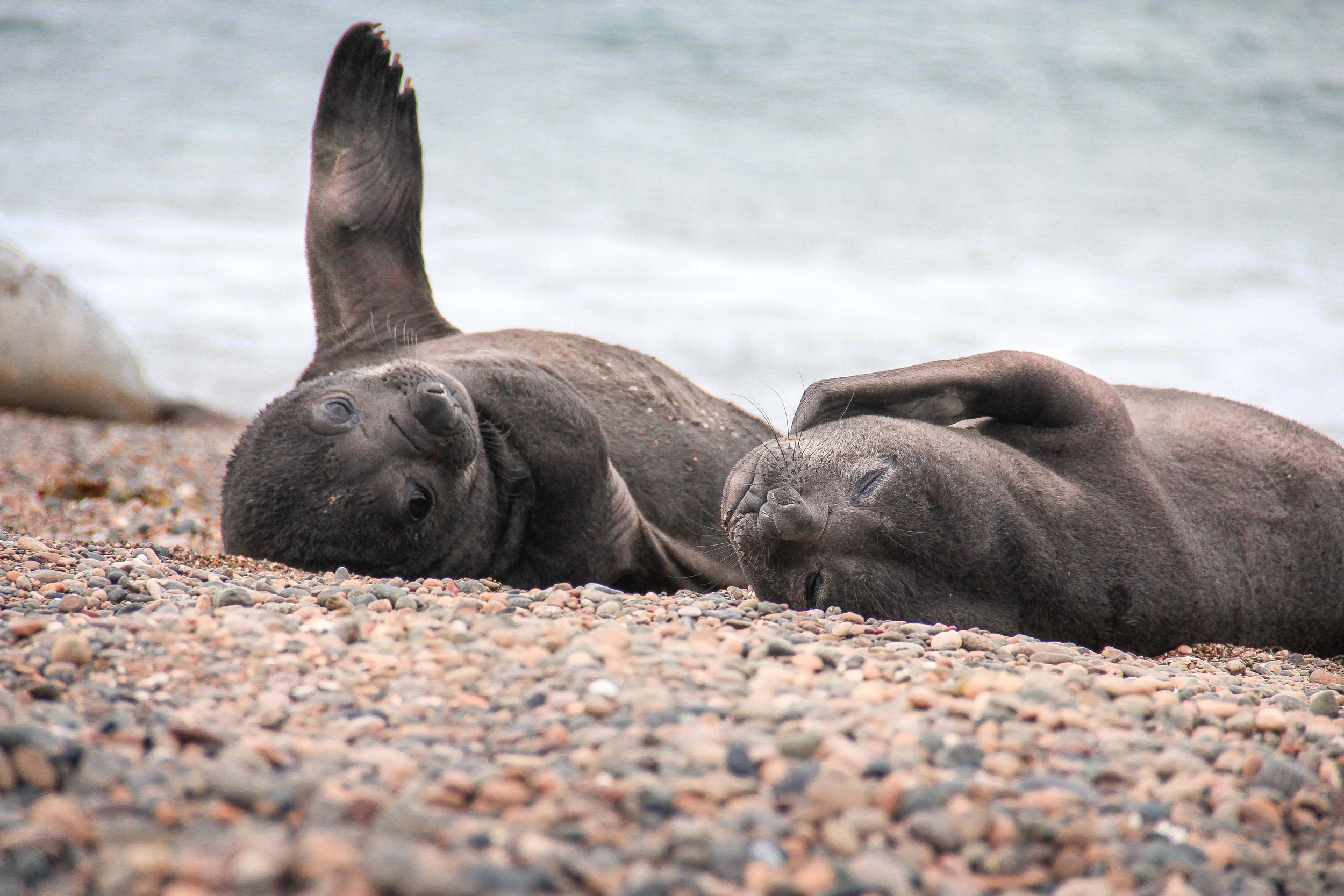Toxic Algae Blooms and the Struggles of Sea Lions in San Pedro
San Pedro, a community located in the city of Los Angeles, is known for its picturesque beaches, vibrant ports, and diverse marine life. Among the most treasured residents of San Pedro's waters are the playful sea lions. However, a concerning ecological issue - toxic algal blooms - is posing a significant threat to the well-being of these marine mammals.
The Threat of Toxic Algal Blooms
Algal blooms are a natural phenomenon, often resulting from an overgrowth of certain microscopic algae in water bodies. While many of these blooms are harmless, some algae species produce toxins, leading to what are known as Harmful Algal Blooms (HABs). When these toxins are ingested by marine animals, they can cause serious illness and even be fatal.
The waters off the coast of San Pedro have been experiencing recurring toxic algal blooms, most notably those caused by a type of algae that produces domoic acid. Domoic acid is a potent neurotoxin that can cause detrimental health effects in sea lions, leading to domoic acid poisoning, or DAP.
Impacts on Sea Lions
Sea lions typically get exposed to domoic acid by consuming fish and shellfish that have ingested the toxic algae. This toxin can result in a range of symptoms in sea lions, including disorientation, seizures, and even death in severe cases.
Sea lions affected by DAP often strand themselves on beaches, appearing lethargic or displaying unusual behavior. San Pedro, with its thriving sea lion populations, has unfortunately seen an increase in such strandings in recent years, particularly during the periods of toxic algal blooms.
Conservation Efforts and Research
Local organizations, volunteers, and marine mammal rescue centers in San Pedro and greater Los Angeles are on the front lines, responding to these strandings. They provide critical care for the affected sea lions, nursing them back to health when possible, and collecting valuable data to understand the full impact of these algal blooms.
Scientists, meanwhile, are studying these toxic algal blooms, attempting to understand why they occur and how their frequency and intensity can be mitigated. Climate change, nutrient pollution, and changes in water temperature and circulation patterns are all potential contributors to the increasing prevalence of HABs. By understanding these factors, researchers hope to develop strategies to minimize future algal blooms and protect marine life.
Citizen Participation and Awareness
Local community awareness and involvement are crucial in addressing this issue. Residents and visitors in San Pedro are encouraged to report stranded or sick sea lions to local authorities or marine mammal rescue organizations, ensuring that professional help can be given to these animals as quickly as possible. Public education about the impacts of pollution and climate change on marine ecosystems is also vital in driving the changes necessary to protect the sea lions and the ocean's overall health.
The story of sea lions and toxic algal blooms in San Pedro is a stark reminder of the delicate balance within our ecosystems and how quickly it can be disrupted. Through combined conservation efforts, ongoing research, and community participation, there is hope that the threat posed by toxic algal blooms can be mitigated to ensure the survival and well-being of San Pedro's cherished sea lion populations.
Please Donate! For more information, please visit the Marine Mammal Care Center
MMCC is a non-profit hospital for marine animals that strand on the 70+ miles of beaches from Malibu to Seal Beach due to illness, injury and malnutrition. MMCC has provided life-saving care for marine animals in need since 1992, with the goal of rehabilitating and releasing them back to their ocean home.







